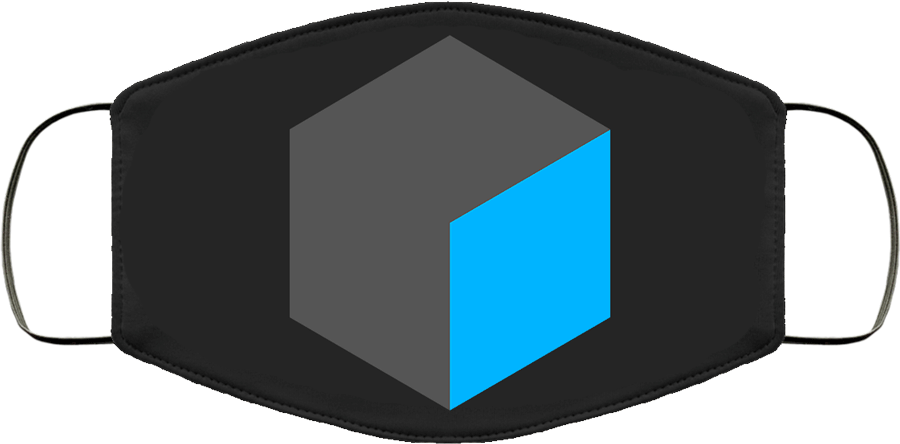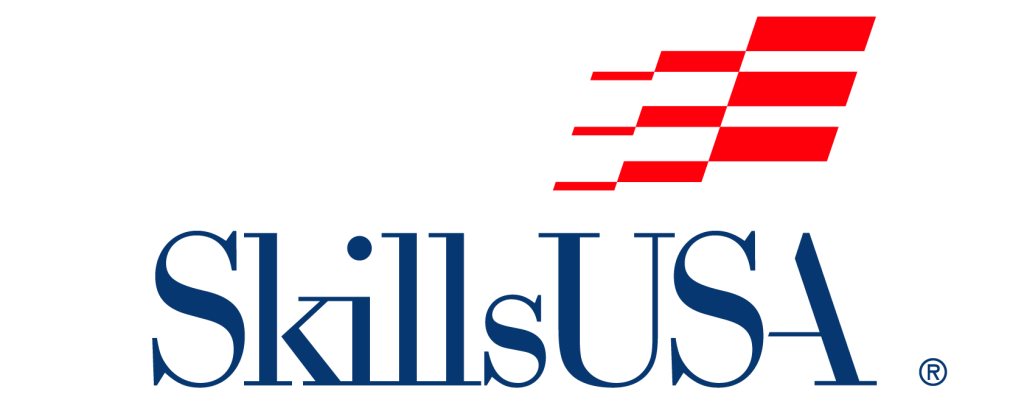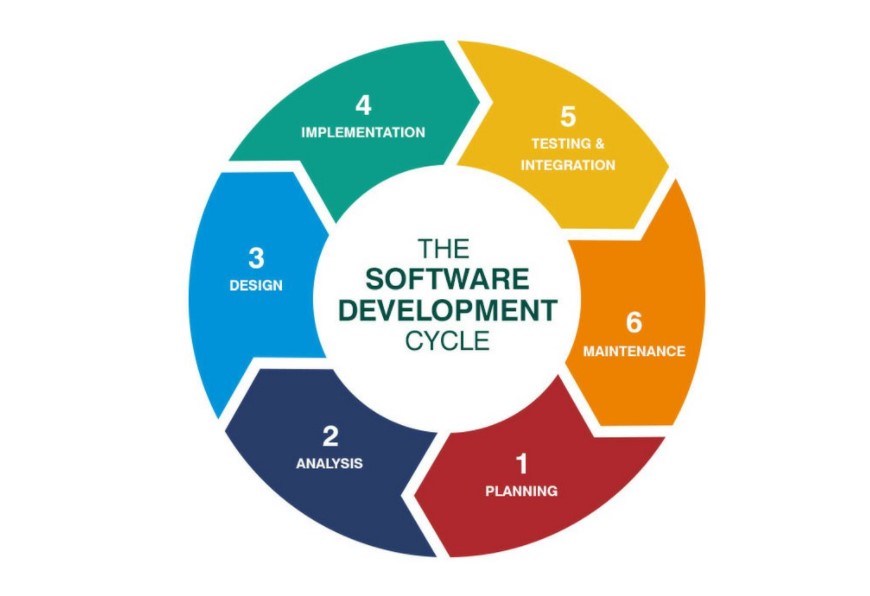Class hours: 9:40 – 2:05
Mr. Bohmann
wbohmann@ewsd.org
Today’s Notes
- Today is an EHS A Day
- Visitors @ 10:05 and 11:05am today
- We are going to rotate visitors through stations
- Visitors will spend 4 – 5 minutes per station where they will be shown something and do something (you are the teachers!)
- Station 1 – Restoring an old photo (Jasper, Round 1, Dan A. Round 2)
- Station 2 – Modeling an Ice Cream Cone in Blender (Vincent, Round 1, Renzo, Round 2)
- Station 3 – Inspecting Code and Changing Web pages (Dan M.)
- Station 4 – Drawing with a tablet (Isaac)
- Station 5 – Roller Ball Game Level Design (Ryan, Round 1, Jack, Round 2)
- Station 6 – Animating in Blender (Mr. Bohmann)
- Collecting Resources – you already know that YouTube is full of helpful tutorials and resources. Keep a log, google doc, folder or whatever work best for you to access the helpful information you find.
9:40 Attendance
9:45 Unity Micro Lesson – adding Jump!

Today we’ll code our Player (the square) to be able to jump
Notice how we are prototyping for fast development – we don’t need a fancy player sprite or platform to test show our ideas
A Rigidbody2D component places an object under the control of the physics engine and allows forces like gravity to act upon the GameObject’s position and rotation. Additionally, a box collider component is added to a platform below the player so that when the Rigidbody2D is affected by gravity, the player has somewhere to land.
In order to make the player jump, the Rigibody2D.AddForce() method is used. This method takes a Vector2 indicating the magnitude and XY direction of a force that is to be applied to the Rigidbody2D. Optionally, this method also takes a “force mode” to determine if the force should be continuous or only applied momentarily.
rb.AddForce(new Vector2(0, 5), ForceMode2D.Impulse);
//rb is our variable, AddForce is the method used
//Vector 2 indicates the direction of the force
//ForceMode2D.Impulse determines that the force is applied momentarily
//Operators are the periods used after the methods. Operators allow us to
//drill down to the next level10:00 PSA Contest Work Time – Animatics
Animatics due tomorrow for all to see.
- 15 – 30 seconds
- Viewport Render
- Sound Included
- Text placeholder or actual facts
Upload firstlooks.mp4 to Google Classroom dropbox. We’ll watch on Friday morning at 11:30am.
10:35 Mask Break

11am Skills USA Production Time

Each team will have different work this morning based on your chosen competition:
Read your teams assignments carefully. A big part of the competition is being able to follow the guidelines that are written for each competition.


Create a 720p animation of a Piggy Circus. Coordinating your design / looks is very important between you and your partner.
What is a piggy circus?, well, that’s open for interpretation. Your circus will have a piggy inspired by the images above.
Your animation will include (deliverables):
- Three different camera shots (you decide, for example, establishing, close-up, over the shoulder, medium, low, high … you get the picture)
- A big top tent
- Piggy being shot out of a cannon
- Copyright free sounds
- Opening title sequence
The state and national competitions require you to complete an animation 7 hours. While you can spend as much time you like outside of class on this assignment, keep the deliverables in mind.
Mr. Cronin and I were discussing the importance of working efficiently and collaboratively. For example, if you know you are going to do final editing in Premiere Pro, don’t wait to set up your files, title cards, transitions, effects. Pick those out and get them ready to go so when your render arrives, you are halfway there.
Share work between partners on the public drive or through Google Drive. Communicate effectively. You and your partner need to learn to rely on each other.
When complete create a file animation called “piggycircus.mp4” and place in your team folder – on Friday March 4th by 2:05 for credit.

Create a web page that has a gallery of 9 Flexbox Cards. Your cards can be any shape and any size just make sure they all are the same and look related in their design. All flexbox cards must be the same size.

Setup your card gallery using flex (any flex properties you want) so they can be equally distributed, and the gallery looks attractive.
Your cards will feature 9 robots from RoboHash – my favorite creative robot generator for images.
You will need to create a custom profile for 9 Robots. There is a lot of room for naming, descriptions and design. Real text only! no lorem impsum.
Clean, valid and commented code. Your robots should influence your color palette for this project.
Place your completed project in your team folder by on Friday March 4th by 2:05 for credit.

Over the next two weeks we are going to think about the software development cycle:

Hopefully we are past planning – Stage 1. That is what you did last week – discussed your game and you know what you want to create. Now we are in steps 2-4.
I want you to complete the basic mechanic that you will use in your game. We need to get to a Minimum Viable Product of the game.
A minimum viable product (MVP) is a version of a product with just enough features to be usable by early customers who can then provide feedback for future product development.
– The Internet
Take our Bunny Ball game. Our mechanic is:
Rolling through each level finding the keys that unlock the next level without falling off the the increasingly challenging platform configurations.

We all need to get to an MVP at a minimum to pitch our game to the judges at the SkillsUSA Game Design competition.
So what are you going to “do” in your game?
You and your partner need to:
- Decide what the main mechanic is for your game. What are you going to “do”?
- Decide what has to be created and coded at the very least so when you pitch your game, you can demonstrate functionality.
- Do it. Use the web to research how. Follow online guidance, a tutorial, the program documentation.
It does not matter if your world is a pile of cubes instead of islands, a open plane without terrain colors, if the main mechanic for the game works, you are approaching the MVP of your game. Does that make sense to you? It should. Do not spend time on art and colors when all we need is the minimal viable product.
Take image above – I don’t want a pretty room if there is no chair to sit in!
First – the work. Program and create the art needed for your core mechanic. The main game functionality. Don’t worry about the fluff (beautiful worlds, lighting, textures, sound, menus, everything extra).
Second – the output. Use OBS to record a run through to demonstrate the core mechanic for your game. Use Premiere to create titles or use voice over to describe what the mechanic is. We want to see it in action, and we want to hear or read about it. While you play your game, explain what you are doing, and how it is the core mechanic of your game. For full credit we need to see the completed mechanic.
When complete create a file animation called “mvp.mp4” and place in your team folder – on Friday March 4th by 2:05 for credit.
12:15 Lunch

12:45 Focus on Literacy

1:10 Mask Break

1:20 Production Time and Guided Support
Bring your questions – use this time to work on your PSA and Skills Projects
If you are feeling good, take a look at some of the learning opportunities with Unity by trying their sample game templates like Karting or Legos.
Due tomorrow: PSA First Looks Showcase @11:30am – graded
Due tomorrow: Skills Projects by 12:15am – graded